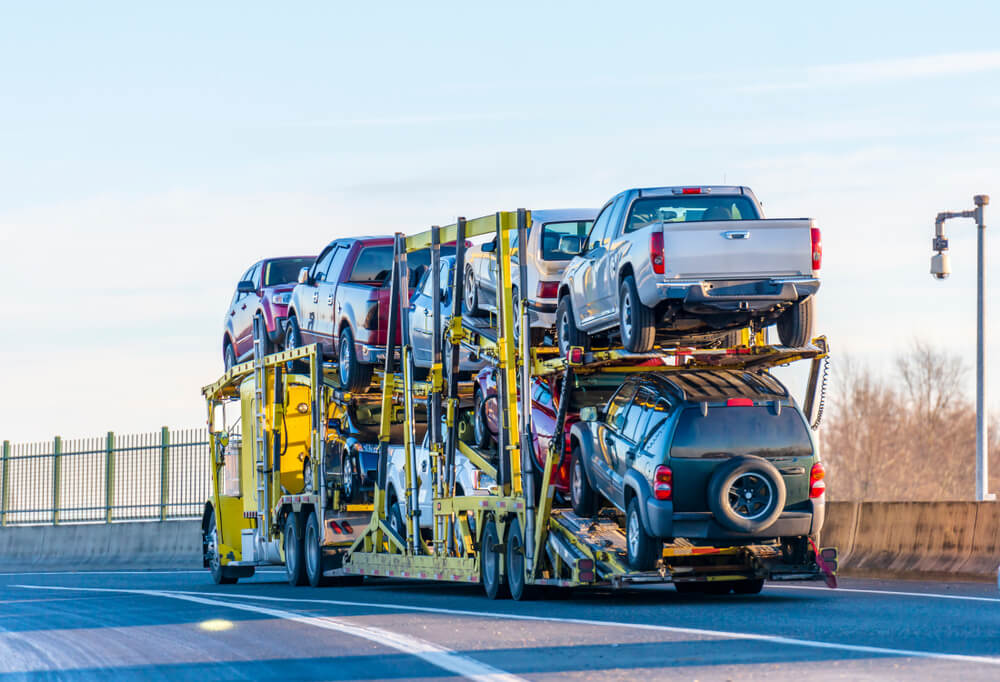Seasonal Shipping Strategies for Your Vehicle in Kansas

Shipping a vehicle across Kansas or anywhere in the Midwest requires more than just selecting a carrier. With fluctuating weather patterns and shifting demand, understanding the nuances of seasonal car shipping advice is crucial.
Seasonal Impacts on Car Shipping
As industry leaders are adapting to these challenges, staying informed can help you avoid delays, reduce costs, and ensure your vehicle arrives safely. Kansas’s climate presents unique challenges for vehicle transport. From icy winters to storm-prone springs, each season affects shipping logistics differently.
Winter: Snow and ice can cause hazardous road conditions, leading to potential delays. Enclosed transport is advisable to protect vehicles from road salt and freezing temperatures. Booking well in advance is essential, as carrier availability decreases during this period.
Spring: While temperatures rise, spring brings its own set of challenges, including heavy rains and potential flooding. Flexibility in scheduling is key to navigating weather-related disruptions.
Summer: This peak moving season sees increased demand, leading to higher prices and limited carrier availability. Booking at least a month in advance can help secure better rates and preferred dates.
Fall: Often considered the optimal time for car shipping, fall offers moderate weather and reduced demand. However, early snow in northern regions and hurricane season in coastal areas can still impact schedules.
Best Practices for Seasonal Car Shipping
To ensure a smooth car shipping experience, consider the following strategies:
Plan Ahead: Booking your shipment 4–6 weeks in advance provides more options and better rates, especially during peak seasons.
Choose the Right Transport Type: Open transport is cost-effective but exposes your vehicle to the elements. Enclosed transport offers protection from weather and road debris, making it ideal for high-value or classic cars.
Prepare Your Vehicle: Ensure your car is in good condition by checking fluid levels, battery charge, and tire pressure. Remove personal items, as carriers typically prohibit them due to weight restrictions and liability concerns.
Verify Insurance Coverage: Confirm that the carrier’s insurance policy covers potential damages during transit. Consider purchasing additional coverage for added peace of mind.
Stay Informed: Monitor weather forecasts and maintain communication with your carrier to stay updated on any potential delays or route changes.
Leveraging Technology in Car Shipping
The car shipping industry is embracing technological advancements to enhance efficiency and customer experience:
AI and Automation: Companies are utilizing AI to optimize routes and schedules, reducing delays and operational costs.
Real-Time Tracking: Customers can now track their vehicle’s journey in real-time, providing transparency and peace of mind.
Data-Driven Insights: Analyzing data helps companies make informed decisions, improving service quality and customer satisfaction.
Industry Adaptations to Seasonal Challenges
The auto transport industry is evolving to address seasonal challenges. Companies are leveraging technology to enhance efficiency and customer experience.
AI and Automation: By optimizing routes and reducing delays, AI and automation help shipping companies save on fuel and operational costs. These savings can be passed on to customers in the form of lower shipping rates.
Data-Driven Insights: Shipping companies are utilizing data analysis to improve services, make informed business decisions, and increase efficiency.
Enhanced Communication: Real-time updates and customer communication systems keep clients informed throughout the shipping process, reducing uncertainty and enhancing satisfaction.
For further guidance on moving best practices and regulations, consider consulting authoritative sources such as the Federal Motor Carrier Safety Administration (FMCSA). They provide comprehensive information on interstate moving regulations, consumer rights, and safety guidelines.
Conclusion
Navigating the complexities of seasonal car shipping in Kansas requires careful planning and awareness of how each season impacts logistics. By understanding these factors and implementing best practices, you can ensure a smooth and cost-effective shipping experience. As the industry continues to adapt through technological advancements, staying informed will remain key to successful vehicle transport.







